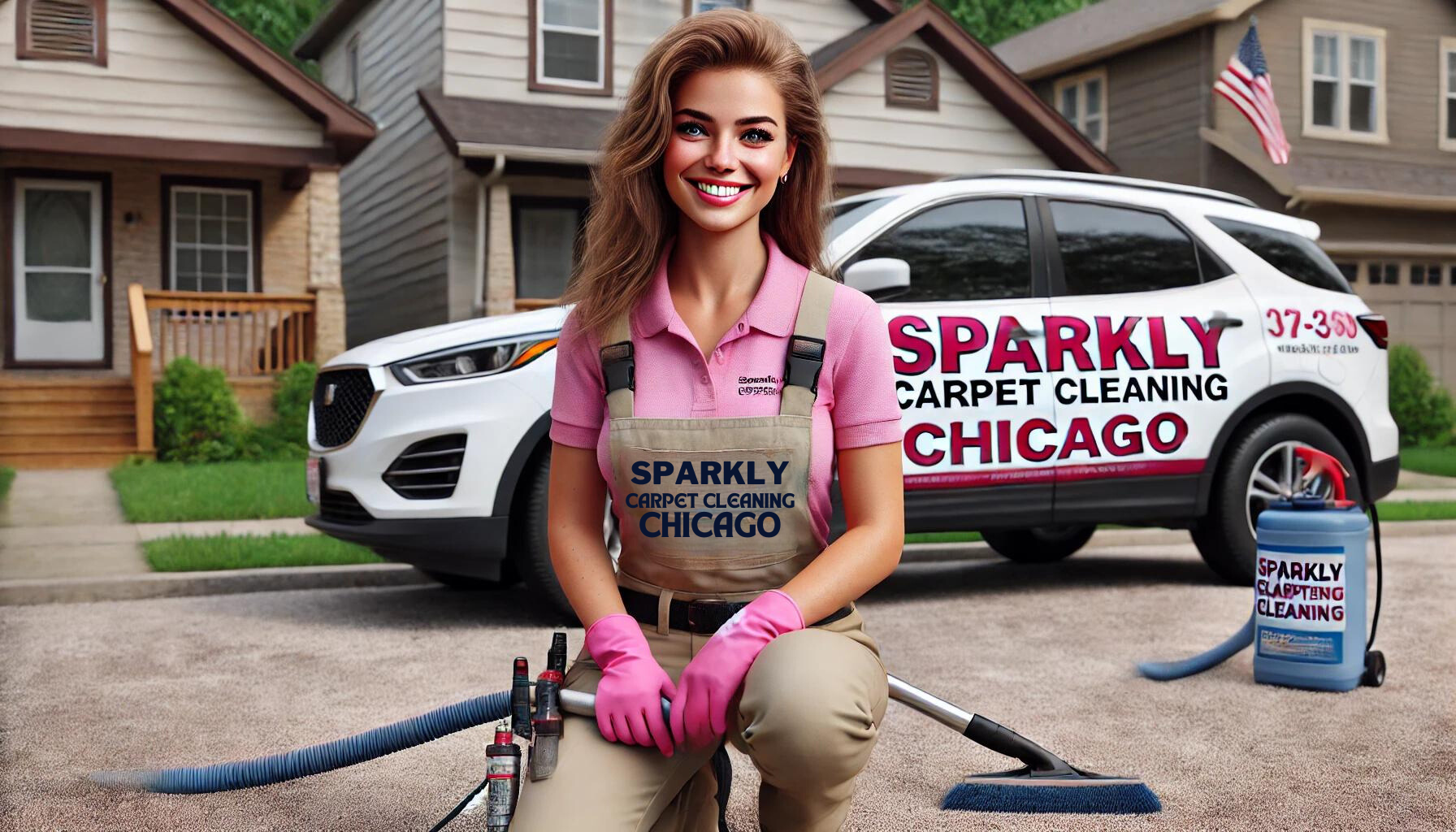Exploring the Drying Time Of Carpets Following Professional Cleaning
Factors Influencing Carpet Drying Time
When you invest time and effort into having your carpets cleaned, whether it's to refresh your home or as part of a deep cleaning routine, one of the immediate questions that springs to mind is how long it will take for the carpets to dry. The answer is not straightforward, as it depends on a myriad of factors including the method of cleaning, the type of carpet fiber, the environment, and how the carpet is handled post-cleaning.
Whether through do-it-yourself methods or by professional services, the drying time is a crucial factor that homeowners need to manage. This period can affect everything from the daily routine to the overall cleanliness and longevity of the carpets. Several variables play into how long your carpet will remain damp, and understanding these can help you better plan and use your space after cleaning.
Cleaning Methods and Their Impact on Drying Time
Carpet cleaning techniques vary widely, each with its own set of benefits and challenges, especially when it comes to drying times. The two most common methods are hot water extraction (often referred to as steam cleaning) and dry cleaning.
Hot Water Extraction: This method involves injecting hot water and cleaning agents into the carpet at high pressure and then extracting the loosened dirt and moisture with a powerful vacuum. Despite its efficacy in removing deep-seated dirt, this technique generally leaves carpets wetter, thus requiring more drying time. On average, carpets cleaned through hot water extraction take about 6 to 12 hours to dry completely. This method is also favored for its effectiveness in removing deep dirt and allergens.
Dry Cleaning: Utilizing chemical compounds and minimal moisture, this method allows carpets to be used almost immediately after cleaning, with total drying times typically around the 30-minute to 1-hour mark. Using chemical agents that require minimal to no water, dry cleaning is an option that offers the convenience of nearly no drying time. The chemicals break down dirt, which can then be vacuumed up immediately, making this method ideal for quick turnarounds. The quick drying time makes dry cleaning suitable for commercial environments and busy households.
Environmental Factors That Affect Drying
The environment plays a significant role in how quickly your carpets dry. Humidity, temperature, and airflow are all critical factors:
Humidity: High humidity levels can prolong the drying process, as the air holds more moisture and reduces the rate at which the carpet can release moisture.
Temperature: Warm temperatures help speed up the drying process by increasing the rate of evaporation. However, excessively hot temperatures are not always beneficial, especially if they are not accompanied by good airflow.
Airflow: Good ventilation is crucial for quick drying. Open windows, ceiling fans, or even commercial air movers can significantly decrease drying time by keeping fresh air circulating around the room.
Post-Cleaning Practices to Enhance Drying
How you handle your carpet after cleaning can also influence the drying time. Here are a few practices that can help speed up the process:
Avoid Walking on Wet Carpets: Keeping foot traffic to a minimum on freshly cleaned carpets not only helps them dry faster but also prevents re-soiling and the imprinting of dirt from shoes onto damp fibers.
Use Fans and Dehumidifiers: Positioning fans strategically around the room can facilitate airflow across the carpet, significantly speeding up drying. Similarly, a dehumidifier can help pull moisture from the air, allowing the carpet to dry more quickly.
Towel Dry High Traffic Areas: For areas that need to be used soon after cleaning, you can blot the surface with towels to remove excess moisture. This is particularly useful in homes without the option to increase airflow or temperature.
Understanding these elements and planning your carpet cleaning during optimal conditions—considering both weather and household usage—can greatly influence the effectiveness and convenience of the cleaning process. By learning these factors, you can ensure your carpets not only get clean but also return to their place in your home as quickly as possible, looking fresh and vibrant without a lengthy disruption to your daily life. Knowing how long your carpets will take to dry and the factors that affect this process can help you manage your home more effectively post-cleaning. With proper planning and the use of these tips, you can return your living space to normal use with minimal disruption.


